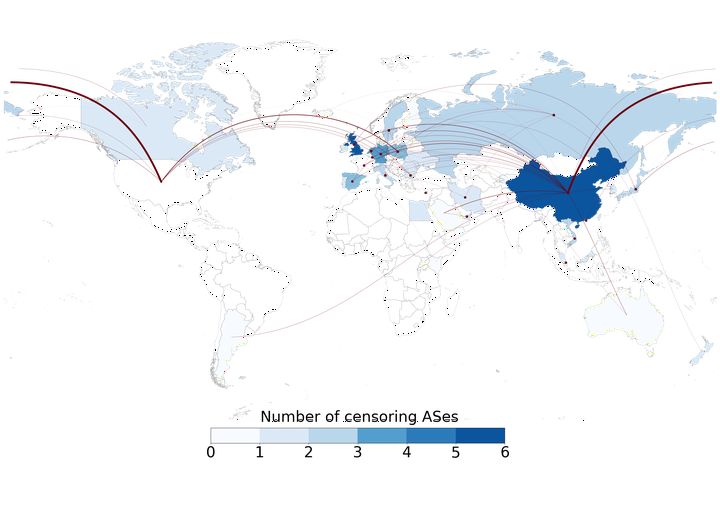A Churn for the Better: Localizing Censorship using Network-level Path Churn and Network Tomography

Abstract
Recent years have seen the Internet become a key vehicle for citizens around the globe to express political opinions and organize protests. This fact has not gone unnoticed, with countries around the world repurposing network management tools (e.g., URL filtering products) and protocols (e.g., BGP, DNS) for censorship. Previous work has focused on identifying how censorship is performed. However, there is no major studies to identify, at a global scale, the networks responsible for performing censorship. Also, repurposing network products for censorship can have unintended international impact, which we refer to as “censorship leakage”. While there have been anecdotal reports of censorship leakage, there has yet to be a systematic study of censorship leakage at a global scale. In this paper, we combine a global censorship measurement platform (ICLab) with a general-purpose technique – boolean network tomography – to identify which AS on a network path is performing censorship. At a high-level, our approach exploits BGP churn to narrow down the set of potential censoring ASes by 97%. We identify 108 censoring ASes and find that the censorship introduced by 32 of the 108 censoring ASes has an impact on users located outside of the jurisdiction of the censoring AS, resulting in the leaking of regional censorship policies.